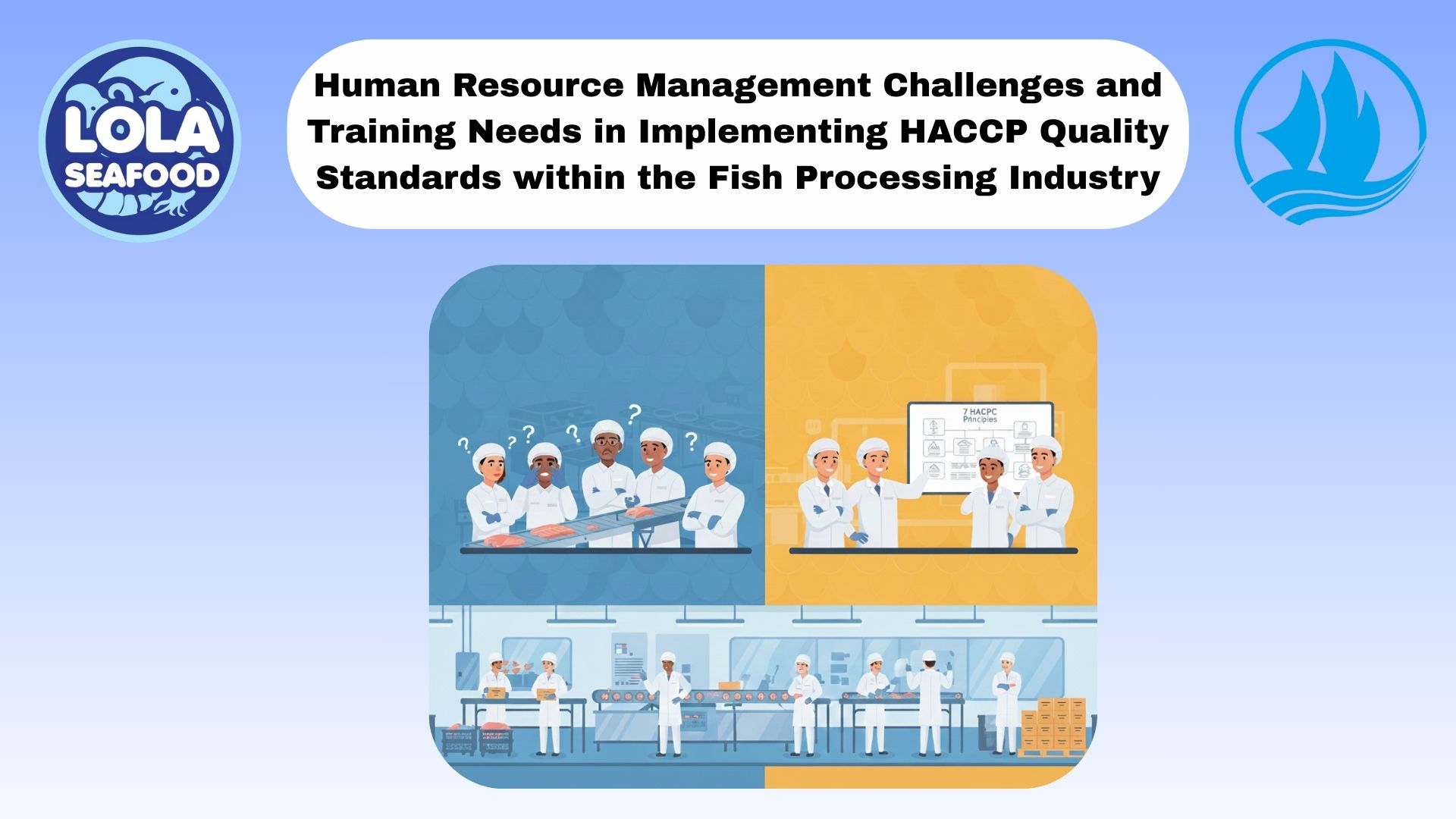What Is Catch Certificate?
By. Kusni - 22 Sep 2025.jpg)
Kelolalaut.com A catch certificate is an official document that verifies fish and other seafood products were caught legally and in compliance with international, regional, and national fisheries regulations.
It is mainly used to prevent Illegal, Unreported, and Unregulated (IUU) fishing from entering global markets. Many importing regions—such as the European Union (EU), the United States, and Japan—require catch certificates to ensure that seafood is traceable back to its source and harvested sustainably.
Key Points about Catch Certificates
- Proof of legality: Confirms that the fish was caught by licensed vessels following proper fishing quotas and regulations.
- Traceability: Tracks seafood from the point of capture through the supply chain to the consumer.
- International trade requirement: Often mandatory for exporters wishing to sell seafood to certain markets (e.g., the EU Catch Certification Scheme).
- Prevents IUU fishing: Helps combat illegal fishing, which harms marine ecosystems, undermines honest fishers, and disrupts global seafood trade.
Example: If a company in Indonesia exports tuna to the EU, they must present a catch certificate issued by the authorized fisheries authority, proving the tuna was caught legally and sustainably.
Step by Step Process of Issuing a Catch Certificate
1. Fishing Activity
- Licensed fishing vessels go out to sea and catch fish in line with national and international regulations.
- The vessel must keep logbooks recording species, quantity, location, and date of capture.
2. Landing and First Sale
- Fish are landed at an approved port or landing site.
- Authorities may inspect the catch to verify species, size, and weight.
- The first buyer (often a processing company) receives a landing declaration or receipt.
3. Application for Catch Certificate
- The fishing company or exporter submits an application to the competent authority (e.g., Ministry of Marine Affairs and Fisheries in Indonesia).
- Documents typically required:
- Vessel license & registration
- Fishing logbook records
- Landing declaration
- Processing/transport documents (if applicable)
4. Verification by Authorities
- The competent authority checks:
- Vessel authorization (valid license, quota compliance).
- Species legality (not IUU, endangered, or outside quota).
- Consistency between logbook, landing data, and application.
5. Issuance of Catch Certificate
- If all documents are valid, the authority issues the Catch Certificate (CC).
- The certificate states:
- Vessel details
- Catch species, quantity, and area of fishing
- Dates of catch and landing
- Exporter details
- The CC is signed and stamped by the competent authority.
6. Export Documentation
- The exporter includes the Catch Certificate along with other export documents (health certificate, invoice, packing list).
- The CC travels with the shipment to the importing country.
7. Import Control
- Customs or food safety authorities in the importing country (e.g., EU Border Control Posts) check the CC.
- If accepted, the shipment is allowed entry into the market.
- If rejected (e.g., suspicious or incomplete CC), the shipment can be denied entry.
Countries/Regions Requiring a Catch Certificate when Importing Fish and Seafood
1. European Union (EU)
- Since 2010, all wild-caught marine fishery products (except aquaculture and some processed items) must have an EU Catch Certificate.
- Applies to any non-EU country exporting seafood into the EU market.
2. United States (USA)
- Through the Seafood Import Monitoring Program (SIMP).
- Not exactly called a “catch certificate” but importers must provide harvest and supply-chain documentation for high-risk species (e.g., tuna, king crab, red snapper, mahi-mahi).
3. Japan
- Requires Catch Documentation Schemes (CDS) for certain species, especially bluefin tuna and other highly migratory species.
- Japan follows regulations from international bodies like ICCAT (tuna) and CCAMLR (Antarctic toothfish).
4. South Korea
- Requires catch documentation for imports of certain species (especially tuna).
- Often aligns with RFMO requirements.
5. Regional Fisheries Management Organizations (RFMOs)
- Countries that are members of RFMOs must implement catch documentation systems for species under their mandate. Examples:
- ICCAT → Atlantic tuna
- CCAMLR → Patagonian & Antarctic toothfish
- CCSBT → Southern bluefin tuna
If youre interested in our Itoyori / Golden Trheadfin Fillet Butterfly please do not hesitate to contact us through email and/or Whatsapp
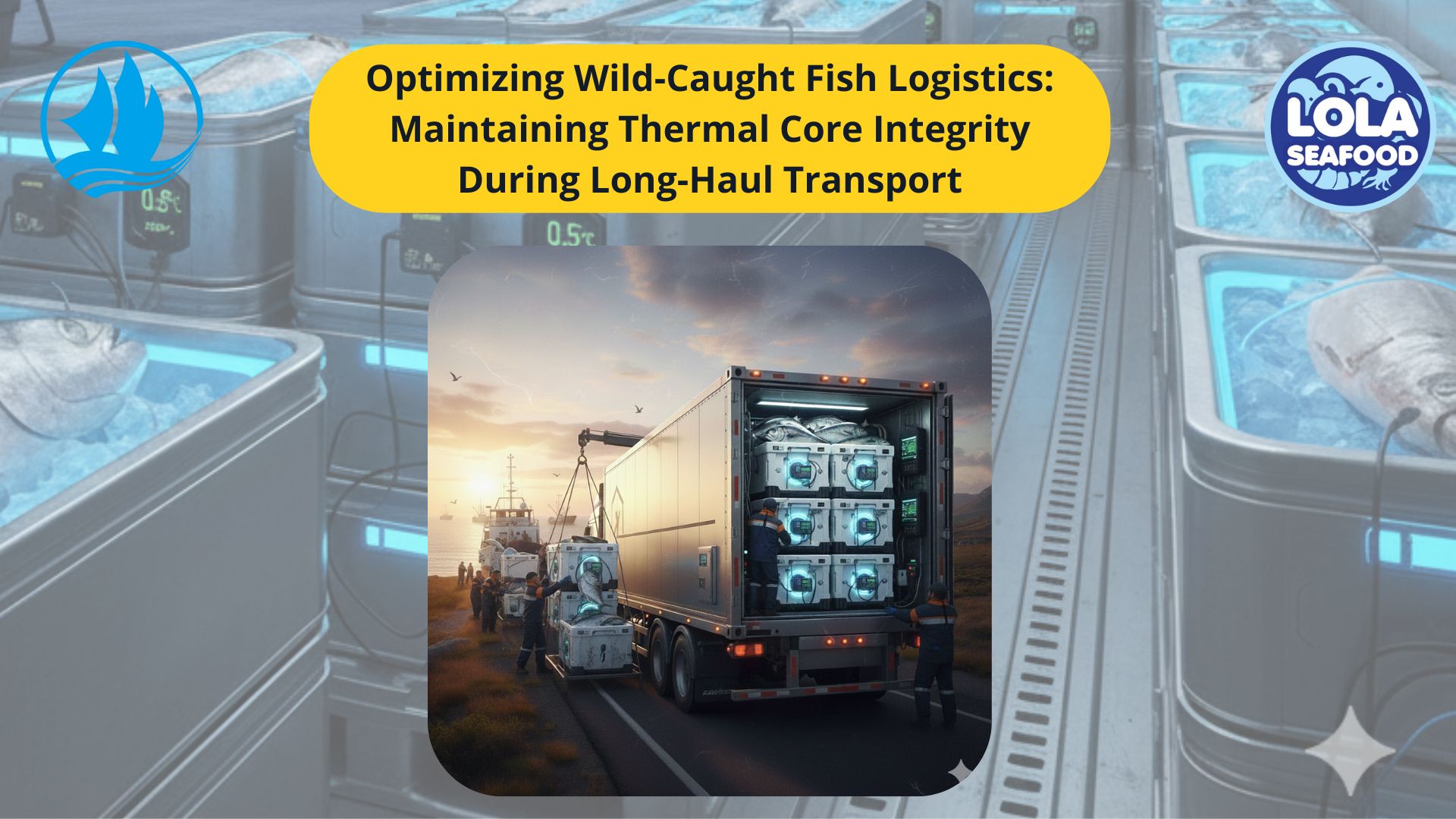
Optimizing Wild-Caught Fish Logistics: Maintaining Thermal Core Integrity During Long-Haul Transport
.jpg)
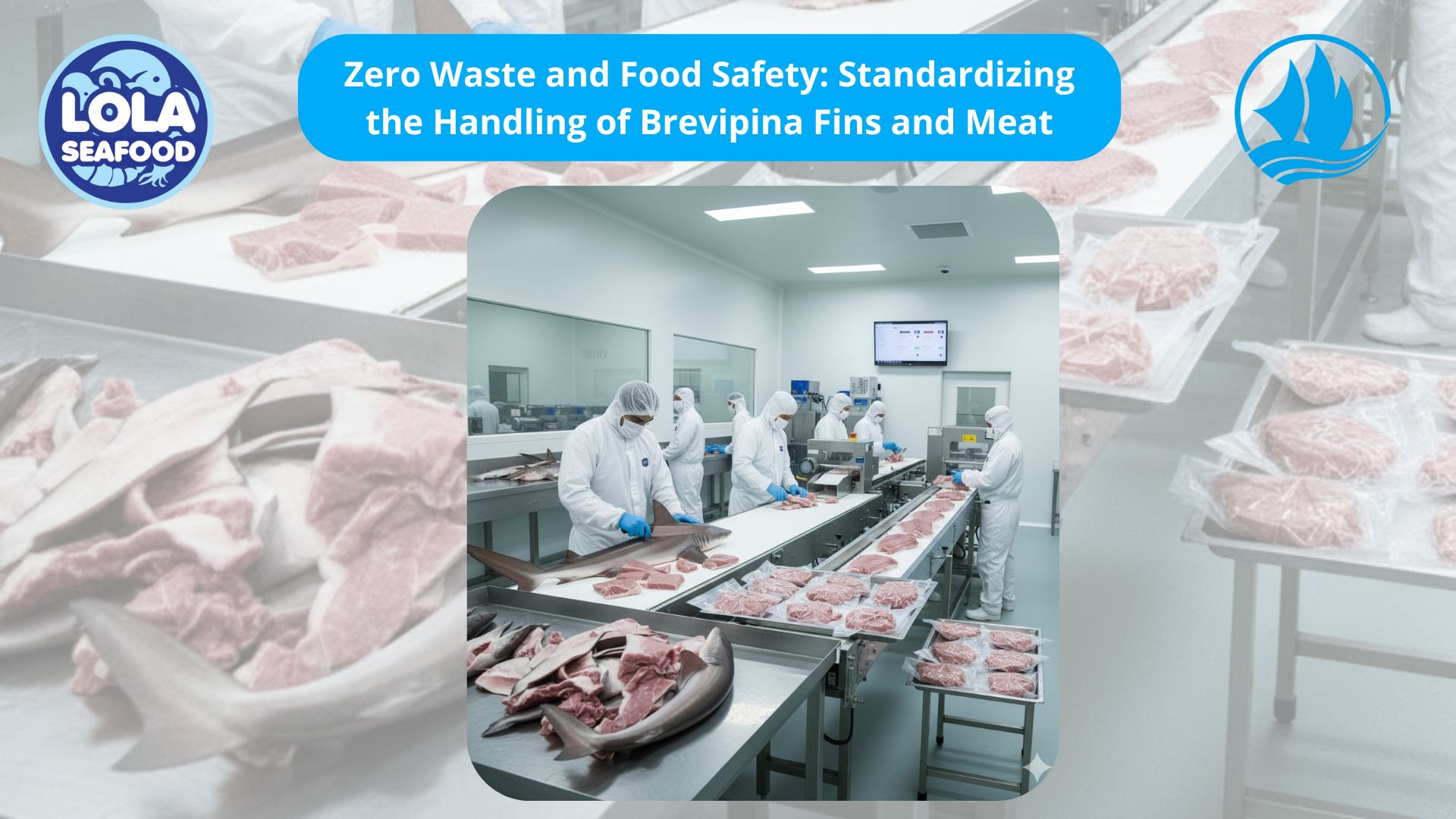
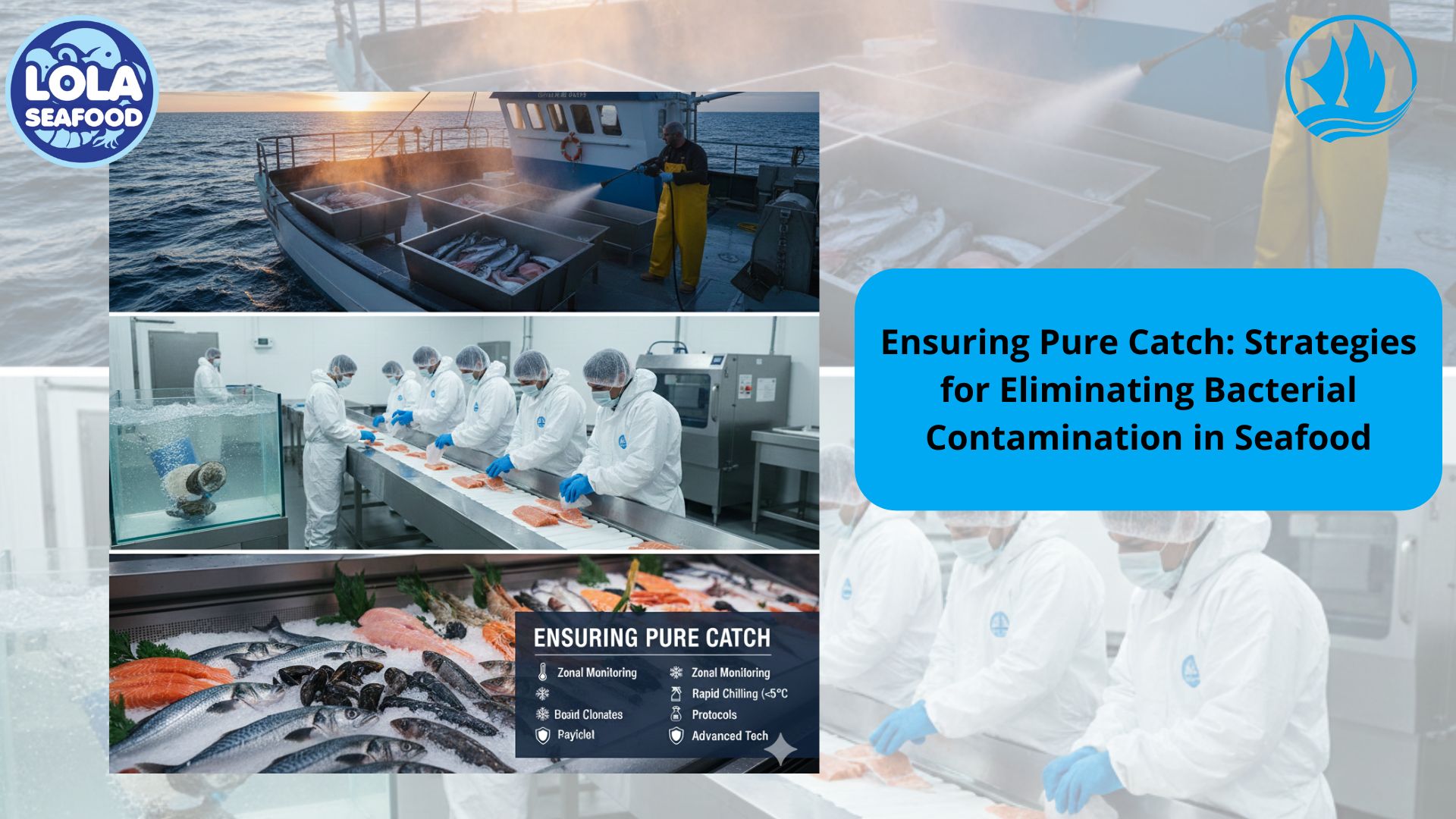
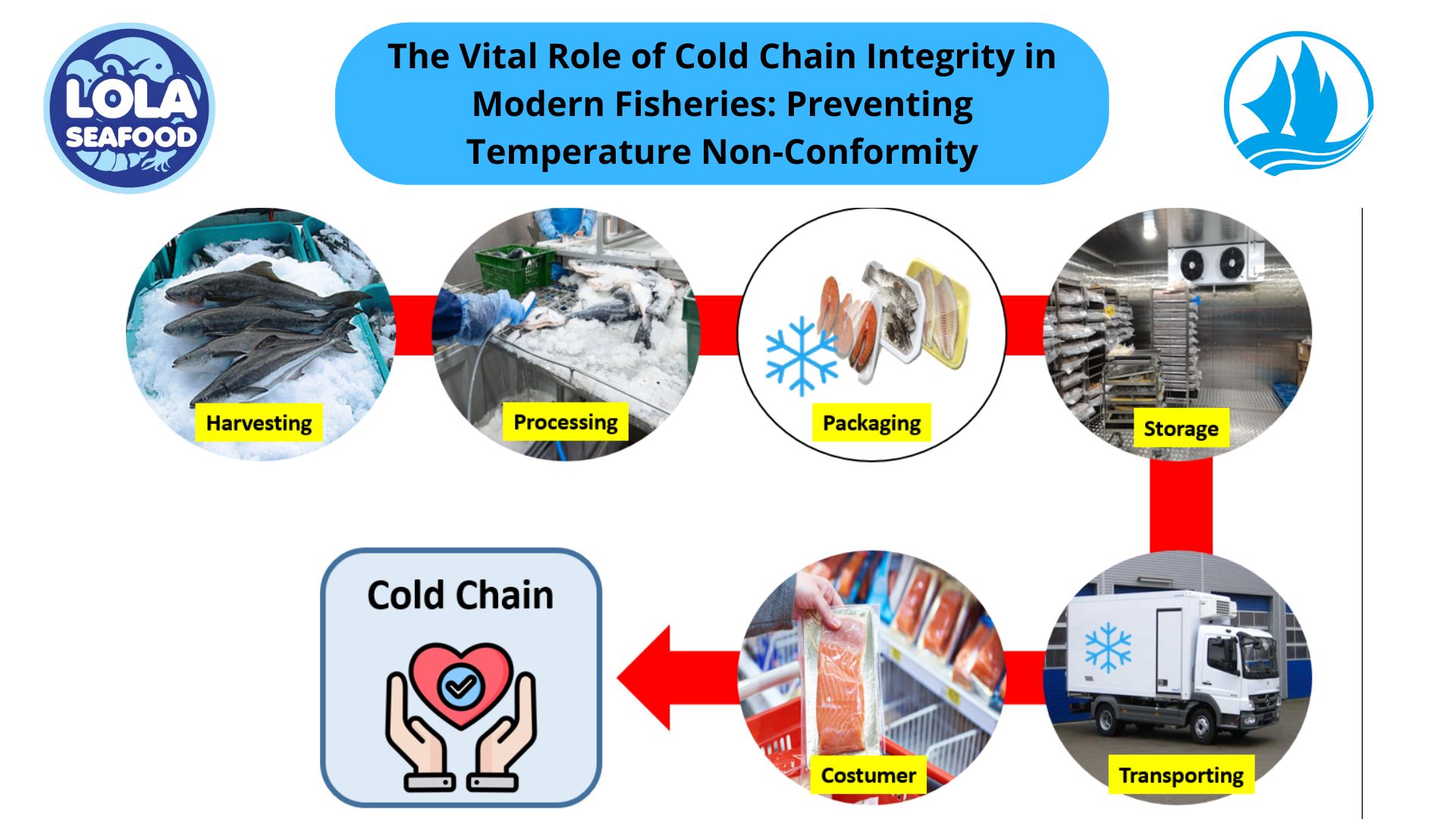
.jpg)
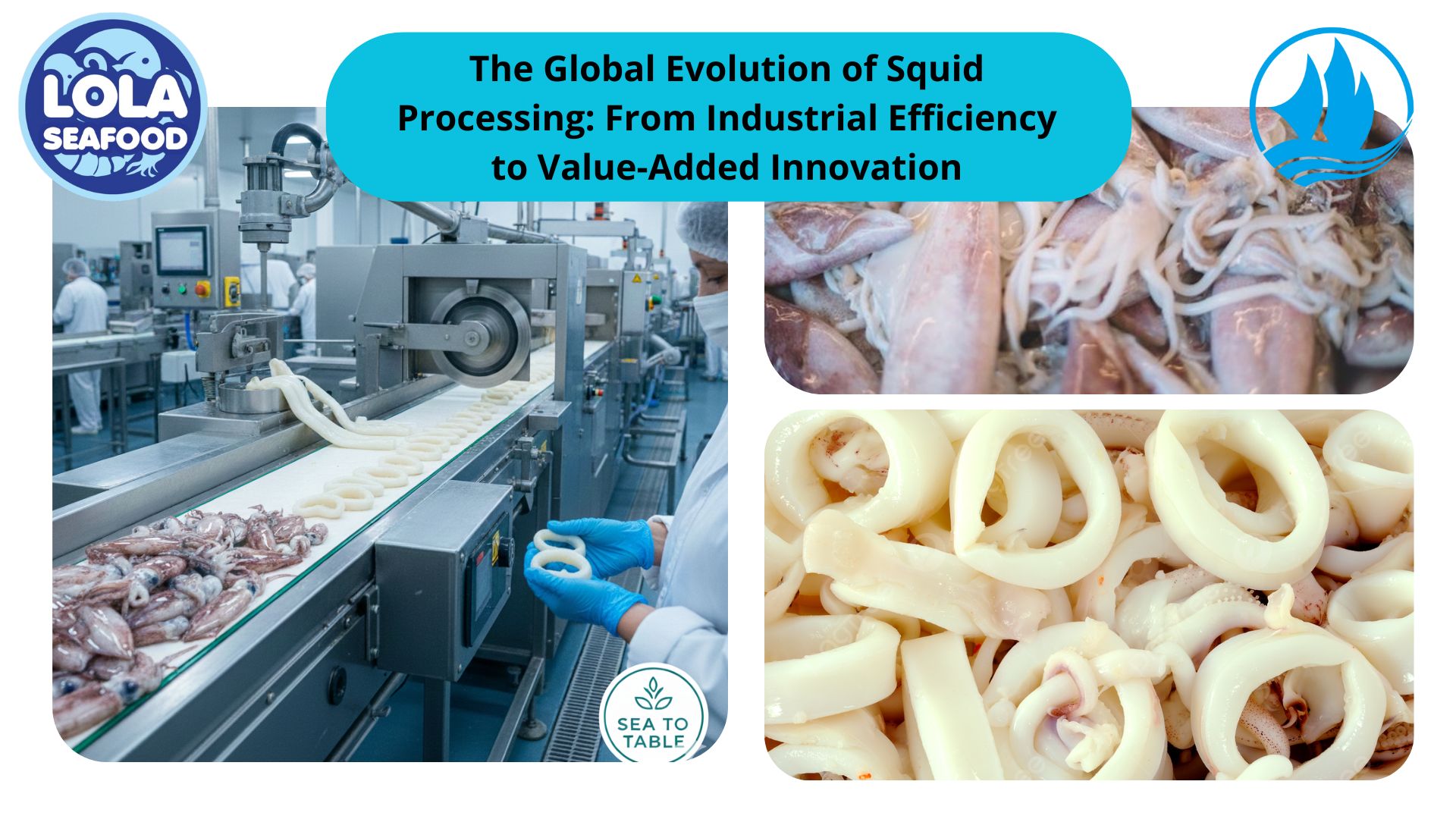
 and Employee Productivity on the Demersal Fish Processing Floor.jpg)
